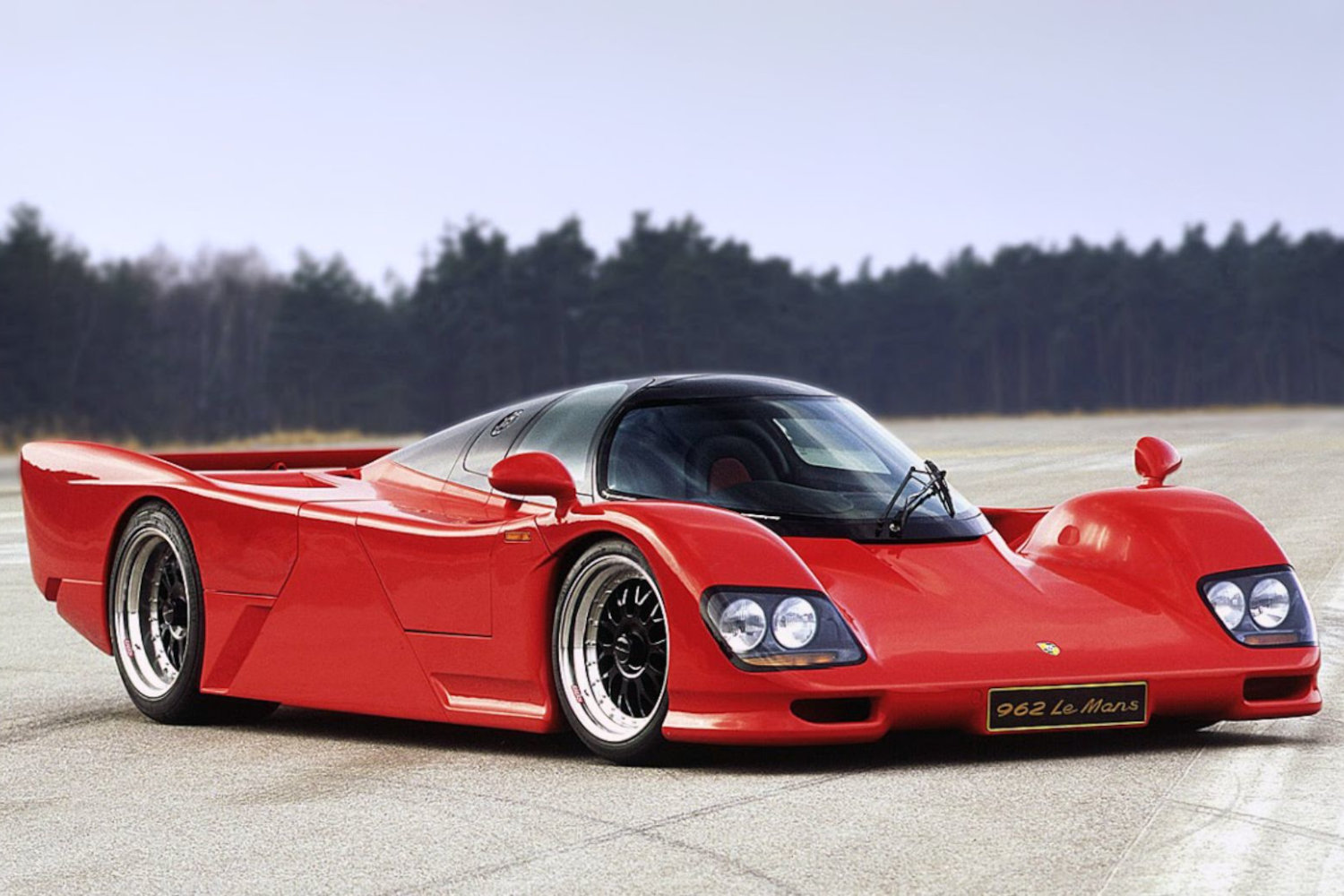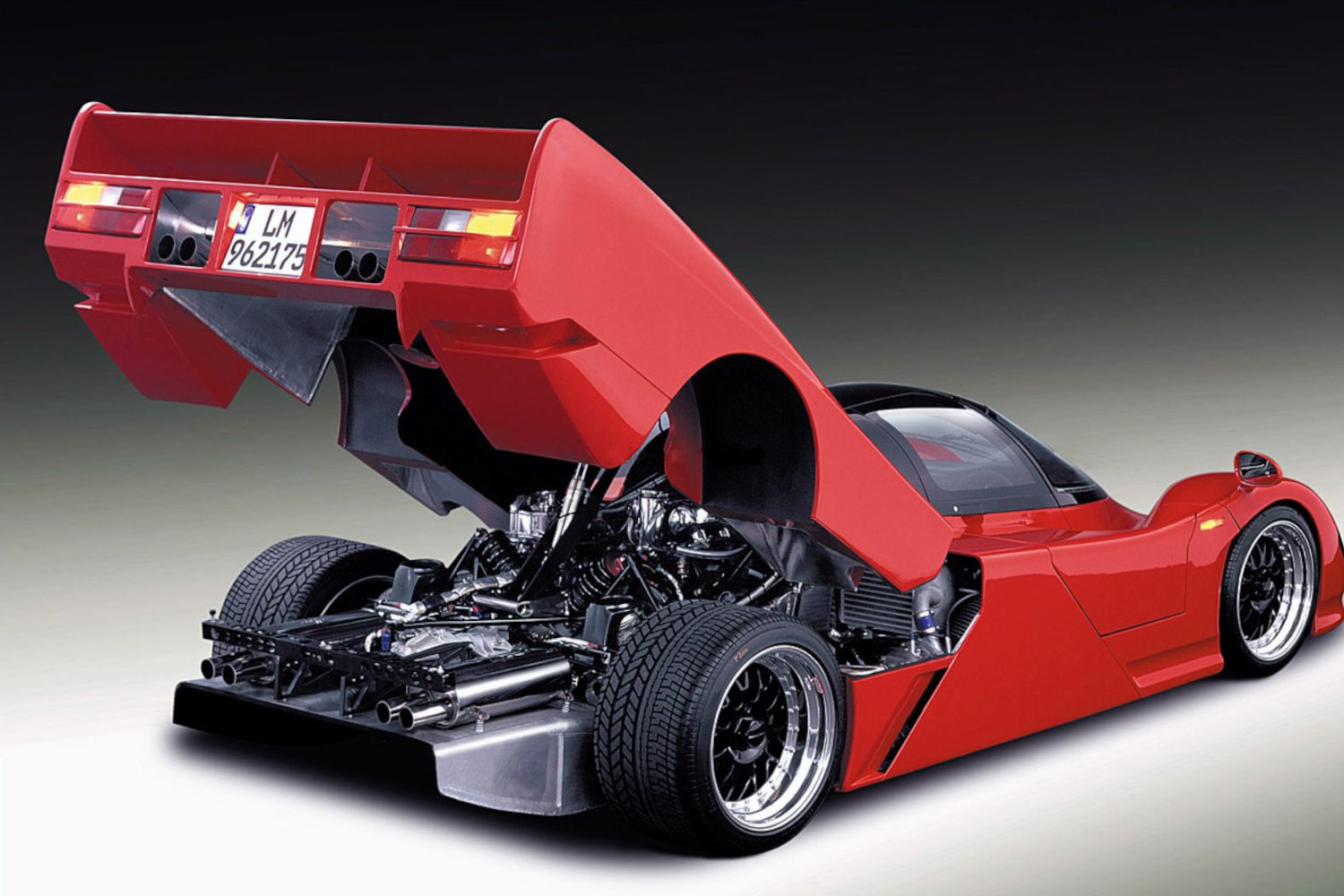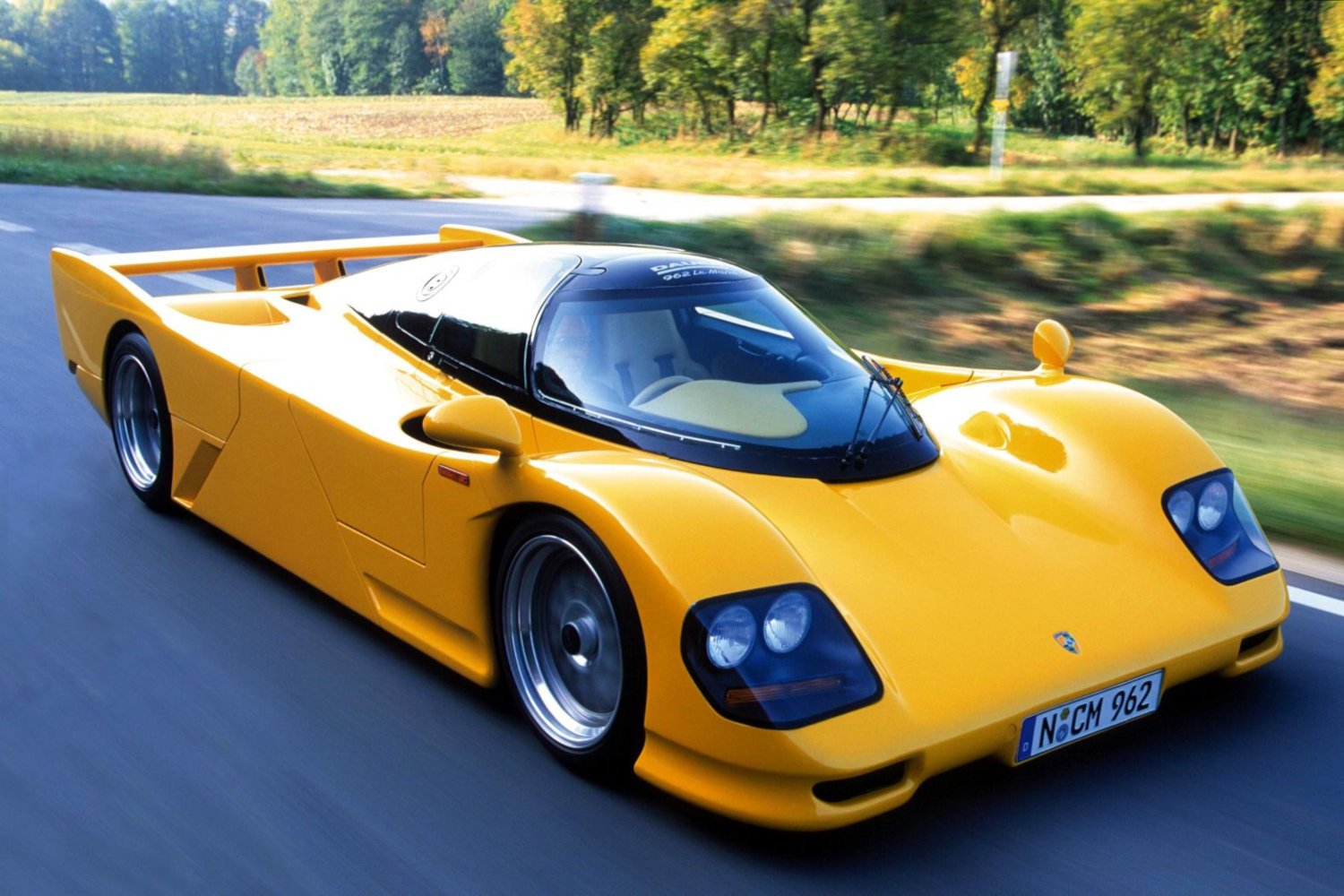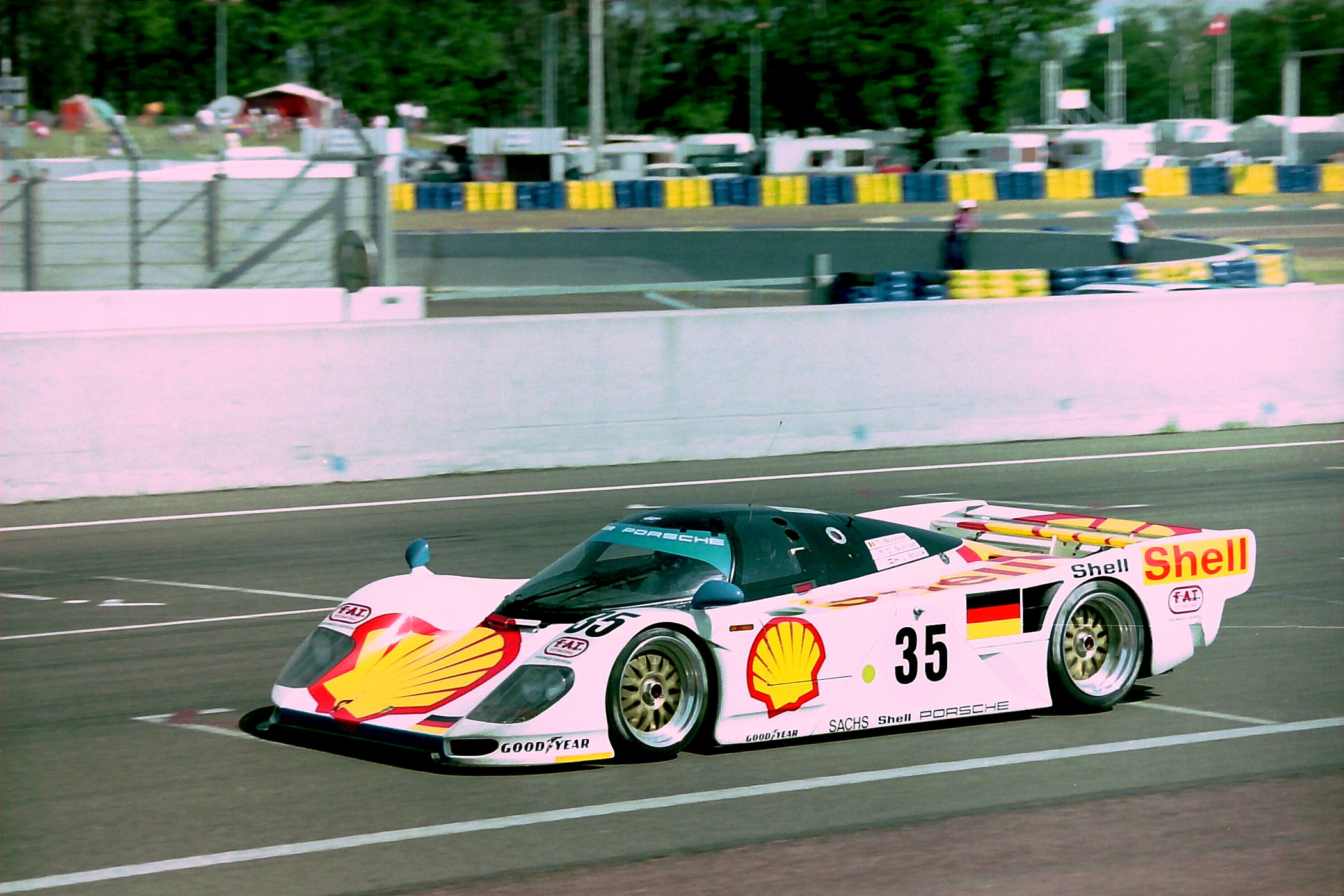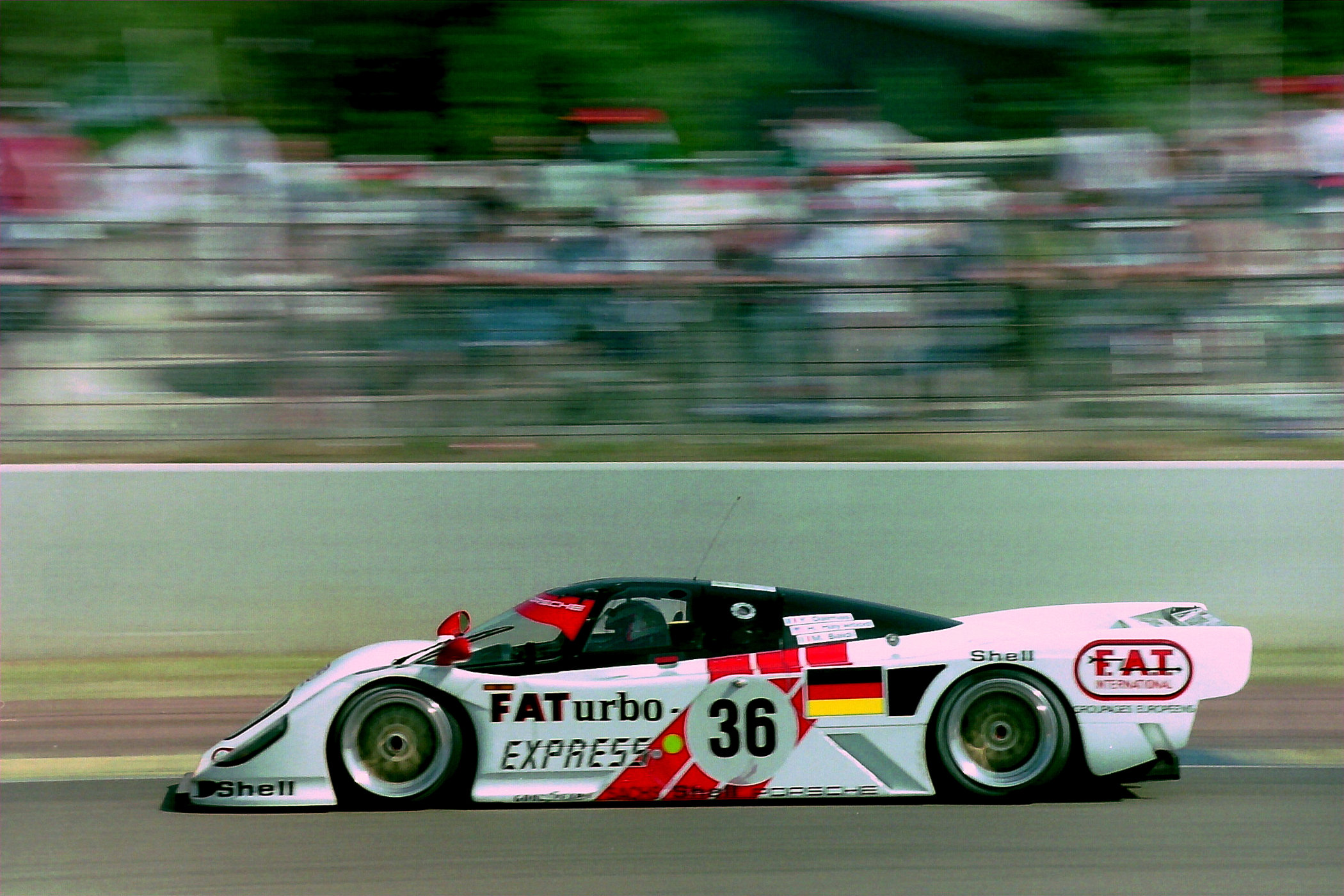The incredible story of the Porsche 962C
Exploiting a regulation loophole to win at Le Mans, again.
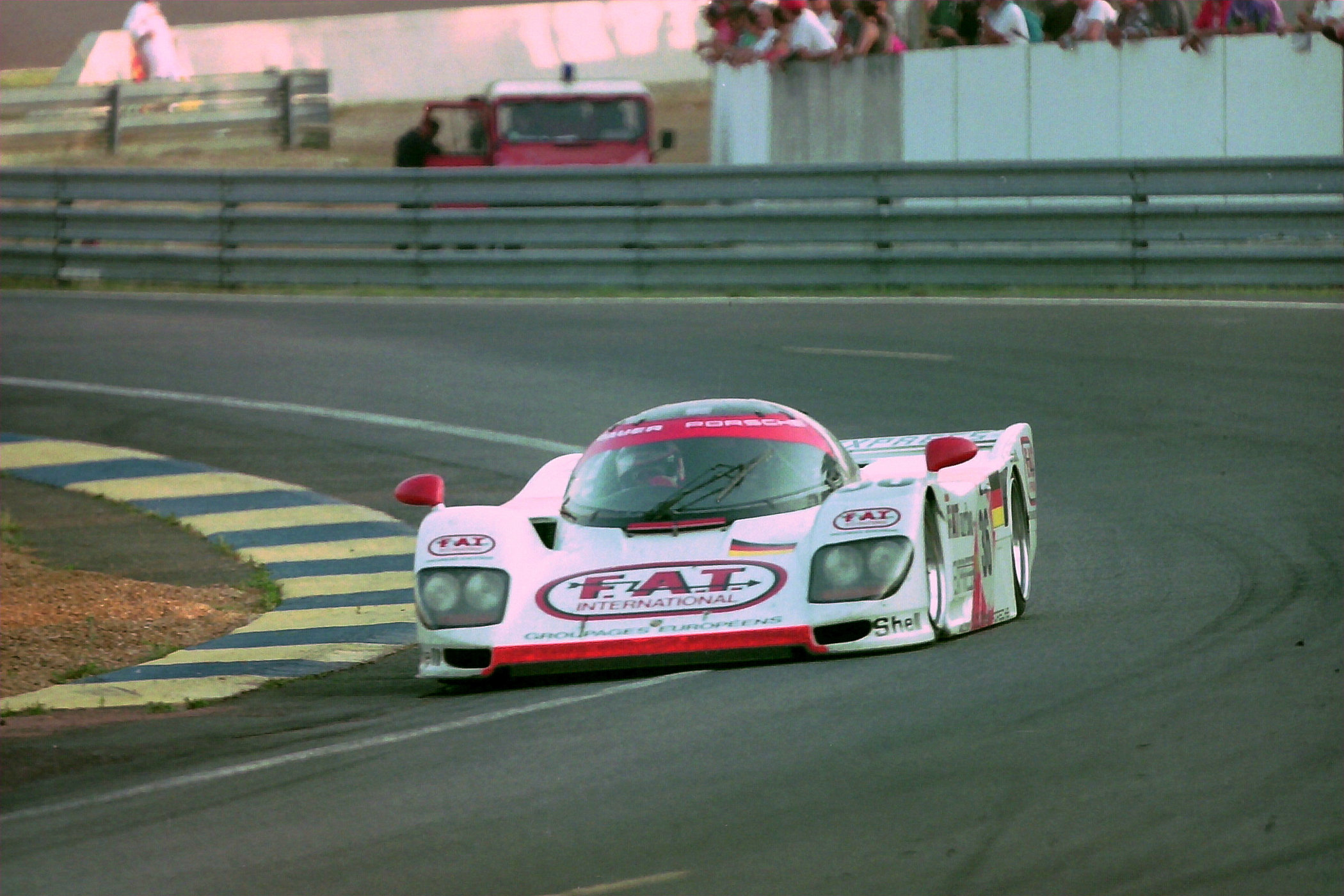
With 19 wins in total, Porsche holds the record for the most wins at the famous 24 Hours of Le Mans, the longest active 24 hour endurance race. The manufacturer’s history dates back to 1951, with the Porsche 356 SL Coupe entered in the S1.1 class, a class with cars powered by 1100cc sized engines, or less. Porsche also holds the record for most consecutive entries as it has fielded at least one car every year since participating for the very first time. It became successful both as a works team, but also through several extremely capable privateer-teams. Illustrious names like Kremer or Joest all share history with Porsche at Le Mans. And that shared history lead to one very interesting year where Porsche, once more, took home the big trophy.

Towards the end of the legendary Group C era in endurance racing. Porsche was still competing with the Porsche 962C, a car that looked very much like its predecessor, the 956. Both cars brought home multiple wins for Porsche, in the 24 Hours of Le Mans and other long-distance events. The Porsche 956 was intended for the World SportsCar Championship and the ISA GTP Championship but was unable to compete in the latter due to not meeting the safety restrictions. To make the 956 eligible for competition, the wheelbase was lengthened and the engine layout was changed, and the 962 was born. Here’s Porsche-legend Derek Bell’s onboard footage from Le Mans 1983 driving a 956:
Both prototype racers made monstrous amounts of power and were extremely dominant in endurance racing. The Porsche 956 shares the record for most consecutive wins by a single car with Alfa Romeo, Ford and Audi, winning in 1982, 1983, 1984 and 1985. The car was so dominant that in the 1983 race, only a single car in the top 10 classifications was not a Porsche 956.
The Porsche 962 wasn’t much different as it shared the backbones of the 956. It was a bit longer, as the front axle moved in front of the pedal box and the engine was a 3.0 litre twin-turbocharged flat-6 with about 620bhp, instead of the 2.65 litres turbocharged flat-6 that produced 635bhp. It also included a steel roll-cage in the aluminium tubular frame, a direct consequence of the IMSA GTP regulations. The Porsche 962 was campaigned between 1985 and 1994 but managed to give Porsche only three overall wins, as the competition had grown much stronger in those years. Goodwood Road & Racing put together this amazing clip of a 962C:
The final win for the Porsche Group C classified 962 came as late as 1994, a full decade after it made its debut at the 24 Hours of Daytona. By then, the ACO had moved on from Group C prototype racing and was ready to launch the new GT categories. This stipulated that in order to be eligible to compete, a number of road-legal variants of the racing car would have to build. For GT1, the top tier class was set at 25 cars, with 200 as the minimum for the GT2 class. And this gave the Porsche 962 an extended lease on life.
Towards the end of its competitive life, the Porsche 962 was converted to a road car by several privateer teams, including Koenig, Dauer and Schuppan. These companies took one of the 91 formidable racers, and fitted the necessities to it, in order to pass legislation and slap on a license plate. One of those Porsche 962 conversions is the Dauer 962 Le Mans, built by Jochen Dauer’s automotive company, Dauer Racing. The conversion included installing a leather-clad interior with a second seat, a small luggage compartment, a hydraulic suspension system and other components. Here’s period footage of the Dauer 962 Le Mans being presented in 1993:
Underneath the newly restyled body, hides the Porsche 962 engine, now freed from its ACO regulatory air restrictor. The result? An increase in power from 620bhp to 730bhp. This was mated to a 5-speed manual gearbox taken from the race car and sent power to the rear wheels. The performance was blistering, as the top speed was rated at 404,6kph with a zero-to-100kph below 3 seconds.
In a surprise twist of faith, and exploiting a nifty little loophole in the process, the Dauer 962 Le Mans would be the basis for conversion to GT1 specs. So, in essence, it started as a race car, was converted into a road car, and then turned into a race car again! This was perfectly fine according to the rules, and best of all gave Porsche and its 962 another Le Mans victory!
This was done with the help of Porsche themselves by the way, who saw the potential in the converted Dauer 962 Le Mans. The interesting thing is, the ACO issued that a planned production of 25 or more would suffice. A single prototype would be green-lighted to compete if the intention and basic planning to build the required amount of road cars was there. Not only Porsche, but also Toyota picked up on this, and also dusted off a former Group C prototype.
Porsche and Dauer built two chassis based on the roadgoing Dauer 962 Le Mans, which was based on the track-only Porsche 962. Still with me on this? Only small changes had to be made as the Dauer 962 Le Mans was legal to be driven on public roads, which meant it already met most of the GT1 criteria. Narrower tires, a larger fuel tank and the removed air restrictor had to be put back in place, and that’s basically all it took. Now technically, Group C cars were still allowed to race but with less power and downforce as before. As such the GT1-classed Dauer 962 faced stiff competition. However, as the larger fuel tank means the car had to spend less time in the pits, during the race it gradually moved up to the front of the pack. It can be seen in action in this video covering the highlights of the 1994 race:
It wasn’t plain sailing and seeing everybody else retire due to crashes or mechanical failure for Porsche and the Dauer 962. The cars were nursing driveshaft issues in the closing stages of the race. But despite this, and with some of the fiercest rivals grinding to a halt in the final few hours, the #36 Dauer 962 came in first (Mauro Baldi, Hurley Haywood, Yannick Dalmas) with the #35 car coming in third (Hans-Joachim Stuck, Danny Sullivan, Thierry Boutsen). The cars were split by the Toyota 94C-V, a former Group C race car. The loophole was shut down by the ACO shortly after the race so the high was short-lived. It did result in 13 road cars being built and sold by Dauer in the months that followed.
But does the story end there? Well, not really. All this led to a very close rivalry between McLaren, Mercedes, and Porsche battling it out over GT1 domination. Porsche built the bonkers 911 GT1 version, and the roadgoing 911 GT1 Stra?enversion as a homologation special, to take victory at Le Mans in 1998. And basically, that was part 911, and part 962! But might be a topic for a future instalment of the Petrolhead Corner.
Editorial Note: The images portrayed in this article are sourced from Autoevolution.com (Dauer road cars), Commons.Wikimedia.org (1994 Dauer 962 LM cars) and PorscheSport.com (Rothmans Porsche 962).

